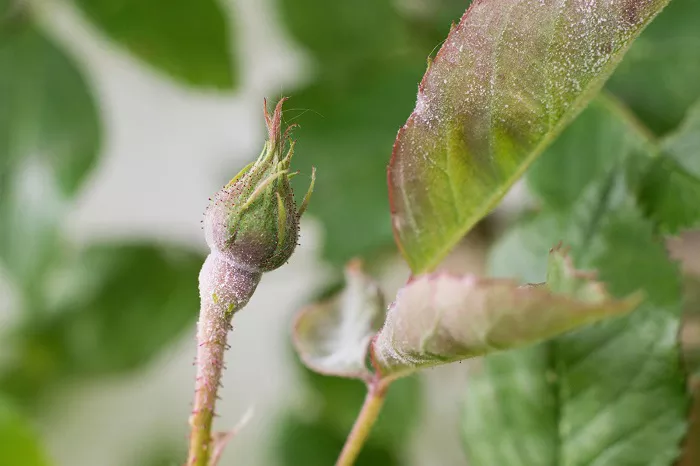Chinese rose powdery mildew, a disease caused by the fungus Podosphaera pannosa, poses a significant threat to the ornamental and economic value of plants. In an effort to combat this disease, researchers have identified a promising candidate in the form of strain KMR13. This strain has demonstrated notable mycoparasitic activity against P. pannosa. However, the exact mechanisms underlying its effectiveness have yet to be fully understood.
To shed light on the biological control and mycoparasitism mechanisms of strain KMR13, a comprehensive study was conducted. The whole genome of KMR13 was sequenced using a combination of second-generation Illumina and third-generation nanopore platforms. This allowed researchers to mine chitinase genes from the KMR13 genome and screen for those related to mycoparasitism by monitoring gene expression at different stages of sporulation induction.
The sequencing results revealed a genome size of 33,532,117 base pairs (bp), with a GC content of 50.97%. The genome encodes 12,545 genes and 379 non-coding RNAs. Functional annotations using databases such as NR, GO, KOG, Pfam, and KEGG identified a total of 12,355, 8,208, 1,871, 7,911, and 7,657 genes, respectively. A total of 15 GH18 family genes were identified in KMR13. Of these, 10 chitinase genes were found to be expressed in the transcriptome under spore induction conditions. Specifically, five genes showed consistent up-regulation after induction, while another five exhibited peak expression at 24 hours post-induction.
Further analysis using RT-qPCR confirmed significant differential expression for all five highly expressed genes, with the highest expression levels observed at 24 hours post-induction. The up-regulated expression of these chitinase genes likely plays a crucial role in disrupting the spore wall during the mycoparasitic process of strain KMR13.
Field trials provided additional evidence of KMR13’s potential as a biological control agent. While the control efficacy of KMR13 conidial suspensions was slightly lower in field conditions compared to greenhouse settings, the results still demonstrated a significant suppression of P. pannosa-induced powdery mildew.
In conclusion, the findings of this study highlight the potential of strain KMR13 as a biological control agent for Chinese rose powdery mildew. The insights gained from this research provide a solid theoretical foundation for the development of eco-friendly management strategies to combat this devastating disease.


